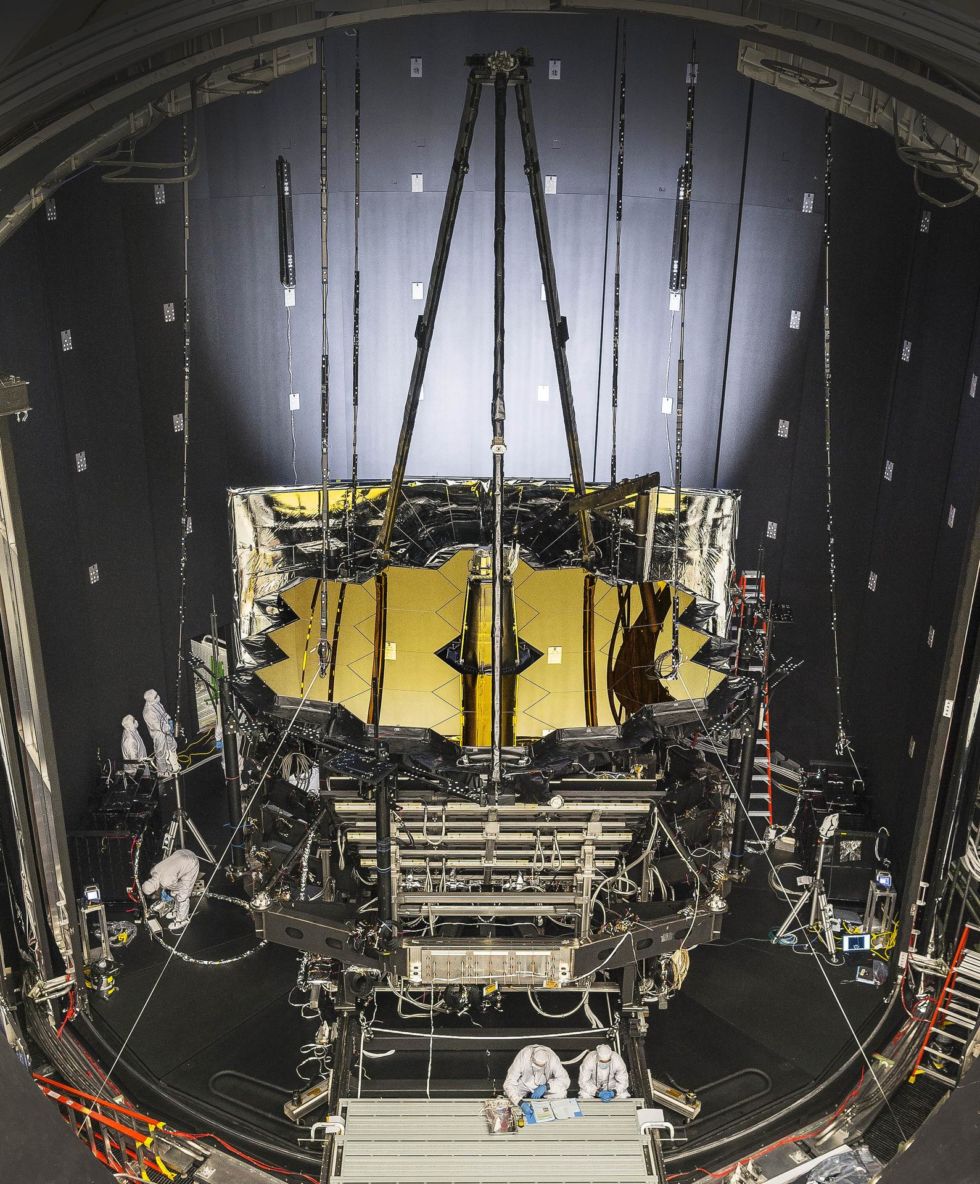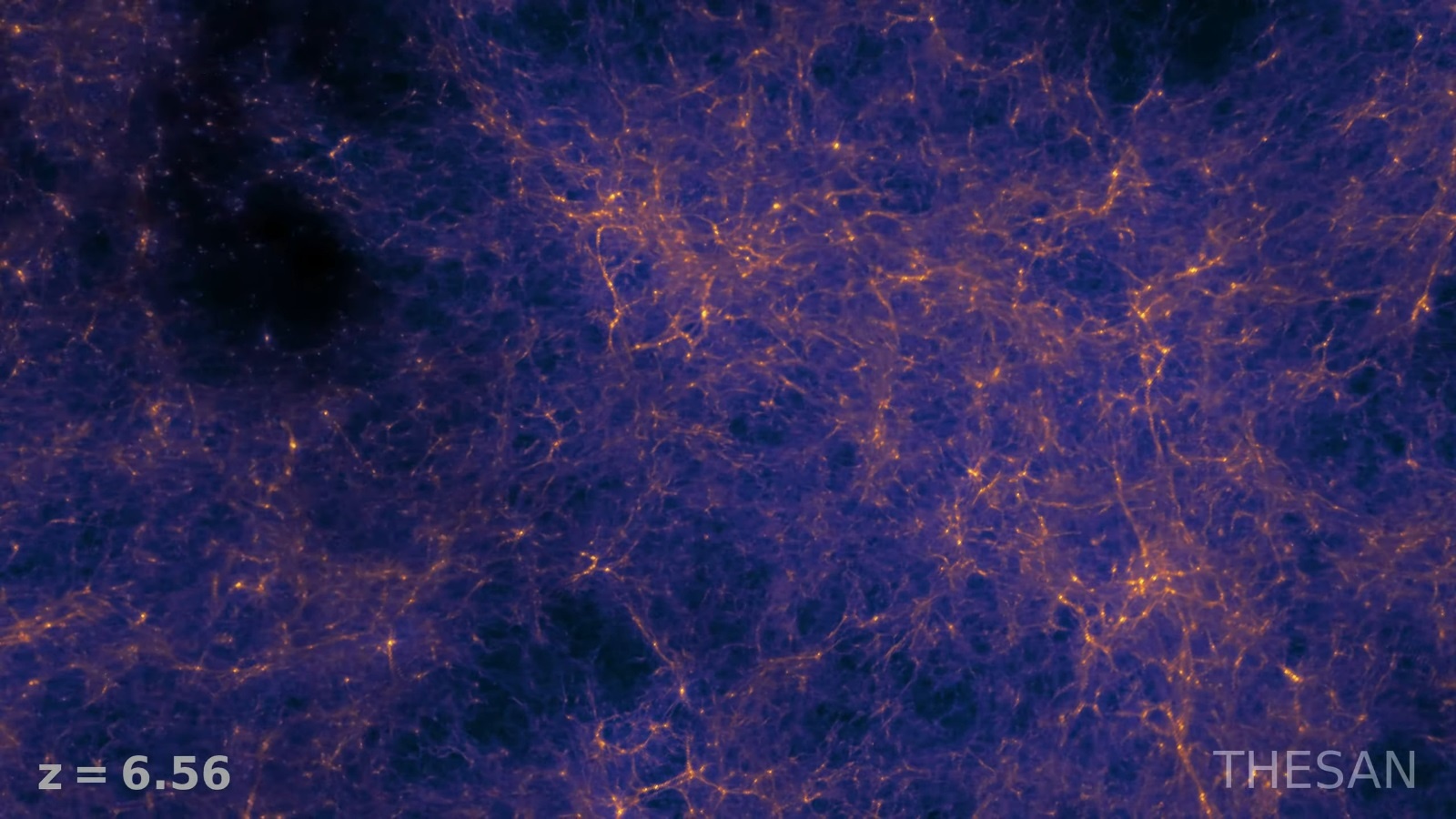The James Webb Space Telescope (JWST) continues to push the boundaries of astronomy and cosmology, the very job it was created for. First conceived during the 1990s, and with development commencing about a decade later, the purpose of this next-generation telescope is to pick up where Spitzer and the venerable Hubble Space Telescope (HST) left off – examining the infrared Universe and looking farther back in time than ever before. One of the chief objectives of Webb is to observe high-redshift (high-Z) galaxies that formed during Cosmic Dawn.
This period refers to the Epoch of Reionization, where the first galaxies emitted large amounts of ultraviolet (UV) photons that ionized the neutral hydrogen that made up the intergalactic medium (IGM), causing the Universe to become transparent. The best way to measure the level of star formation is the H-alpha emission line, which is visible in the mid-infrared spectrum for galaxies with high redshifts. Using data from the Mid-Infrared Instrument (MIRI), an international team of researchers was able to resolve the H-alpha line and observe galaxies with redshift values higher than seven (z>7) for the first time.
Continue reading “JWST Glimpses the Cosmic Dawn of the Universe”


